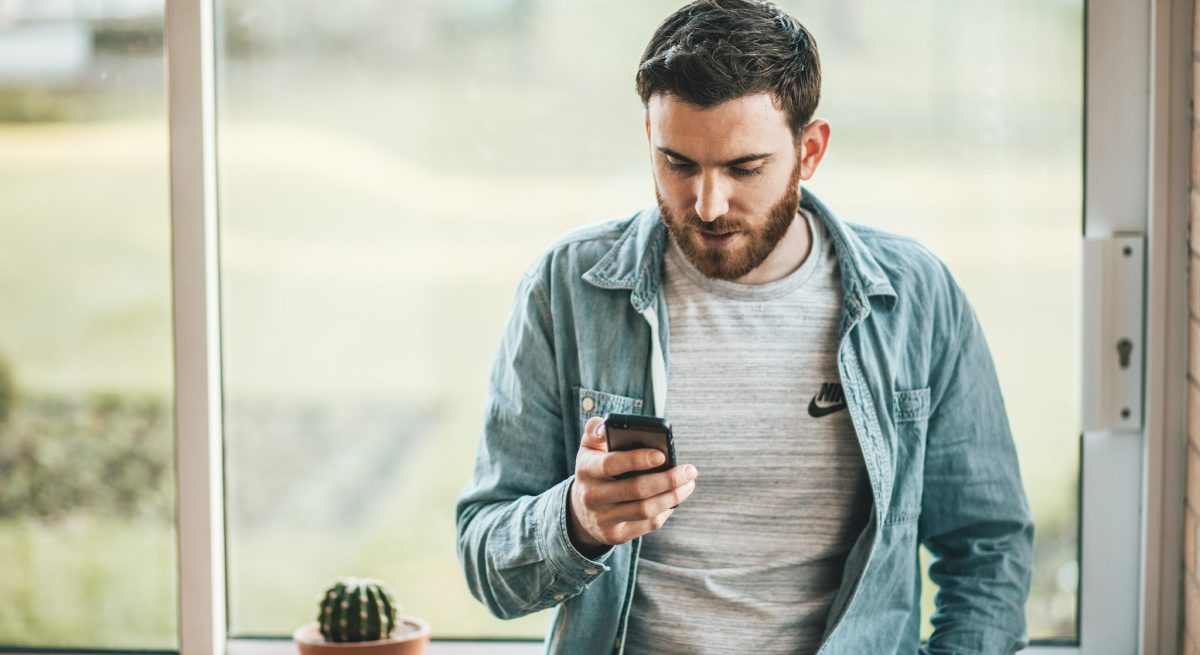How QSRs Can Leverage Mobile to Win Back Customers
4 Min Read By Greg Archibald
The coronavirus pandemic has greatly disrupted businesses across every sector, but the economic situation has proven to be especially difficult for the restaurant industry. Recent surveys show that Americans are less likely now to visit restaurant locations, order takeout or get food delivered to them. And yet, despite this environment, some quick serve restaurant (QSR) brands are still seeing success.
The key? They have focused on mobile, the device near and dear to all of us. By embarking on a mobile-first, customer-centric strategy, QSR brands can deliver hyper-relevant and dynamic content to new and existing users, which is critical as the country slowly begins to open up again.
Why Is Mobile Ideal?
Mobile devices have gone from being the second screen to now the main screen in the house. Data from eMarketer shows that people have been spending more time looking at mobile devices than they do watching TV since 2019, and that gap will only widen over time. And around 90 percent of all time spent using a smartphone is devoted to apps.
These trends have only accelerated since the country began shelter-in-place orders. According to App Annie, time spent in app globally in Q1 2020 was up 20 percent year over year. And, compared to both Q4 and the first two months of 2020, average weekly hours spent using apps was highest in March. Time spent using mobile apps has been increasing for a while now, and I predict it will continue to increase.
We’re living in an on-demand economy, but can your brand keep up?
As a result, mobile has become the best way to reach a mass audience. Even with most Americans stuck inside, many of us are turning to smartphones and tablets over laptops and television sets.
Not only is this a great way to reach a mass audience, mobile is also ideal for ensuring brand loyalty. Research presented last year at Advertising Week New York showed how people who download a QSR brand’s app are more loyal to that brand versus those that do not have it. The app owners are also more likely to visit the QSR more and to spend more money with them.
Having an app for consumers to download gives a brand their own digital platform for communicating directly with consumers, providing relevant updates on how the restaurant is managing social distancing or contactless delivery. Especially as social distancing becomes the new norm, mobile apps can be a key channel for brands to engage in two-way conversations with customers.
How to Make Mobile the Focal Point
The key to making mobile the centerpiece of a brand’s strategy is to commit significant resources over the long term and to keep consumer preferences top of mind in all efforts.
For one, it can be helpful to have both a robust owned app and to work with existing third-party delivery apps. Properties like Uber Eats, Postmates and DoorDash have large, built-in audiences already, and brands can take advantage of the marketing budgets of these apps to their benefit. However, these apps generally don’t provide granular data back to restauranteurs and charge restaurants additional fees.
On the other hand, first-party apps (i.e. apps owned and operated by the QSR brands themselves) provide benefits around data collection and direct communications. The only downside here is that they require investment in order to reach a wide audience.
Making that effort to get those first-party app installs, however, does pay dividends. While many QSR brands have seen declining sales, Burger King and Chipotle, among others, have bucked this trend in large part because they have developed a mobile-first strategy and continued investing in their apps and in-app performance marketing campaigns.
Can Behavior Be Changed for All QSR Consumption?
Of course, it’s worthwhile to note that some of the top performers in the QSR space right now were, in a way, well prepared for this shift in behavior. After all, fast food brands have perfected meals to-go. But what about QSR brands that are much more reliant on in-person behavior?
The breakfast/coffee category in particular is interesting to look at now. With people not going into the office at present, many are less likely to stop by Starbucks on their way to work for coffee or a sandwich.
Similarly, lunch-focused brands like sweetgreen will likely have a tough time in the foreseeable future. Previously, they relied on sales from people going to locations near their office during their lunch breaks, and office workers may not be back in some parts of the country until 2021 at the earliest.
Still, I think the takeaway nature of dining and food consumption is likely to stick around. Yes, cooking (and meal kits) is on the rise now, but it had been declining for years prior. For brands that were not focused on facilitating to-go ordering through apps, the present moment is a major reflection point. We’re living in an on-demand economy, but can your brand keep up?
Predicting the Future of QSR App Usage
Even when shelter-in-place orders are lifted for good, and Americans universally are willing to go back into crowded places like restaurants again, apps are likely to remain central to how we get prepared food. Food apps, both from third parties and from QSR brands, were growing in popularity before the pandemic, and I predict they’re likely to remain so even when everything is lifted. In the recent past, many QSR brands may have thought that they didn’t need their own apps. Nothing could be further from the truth now.
People like using apps to do everything from checking the weather, playing games, getting a ride to the airport and chatting with friends, so it’s no surprise that they would like to use apps to also order food and communicate with their favorite brands.


